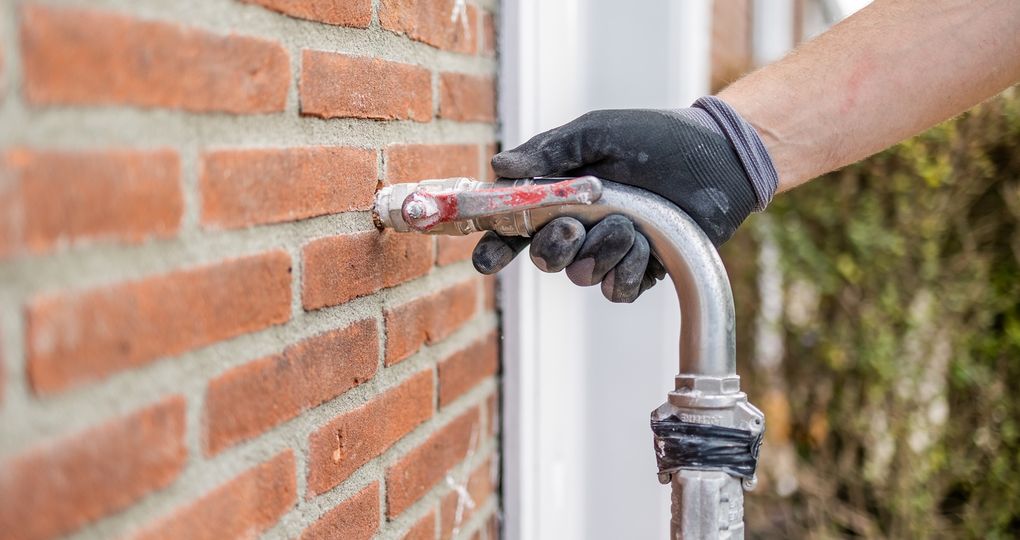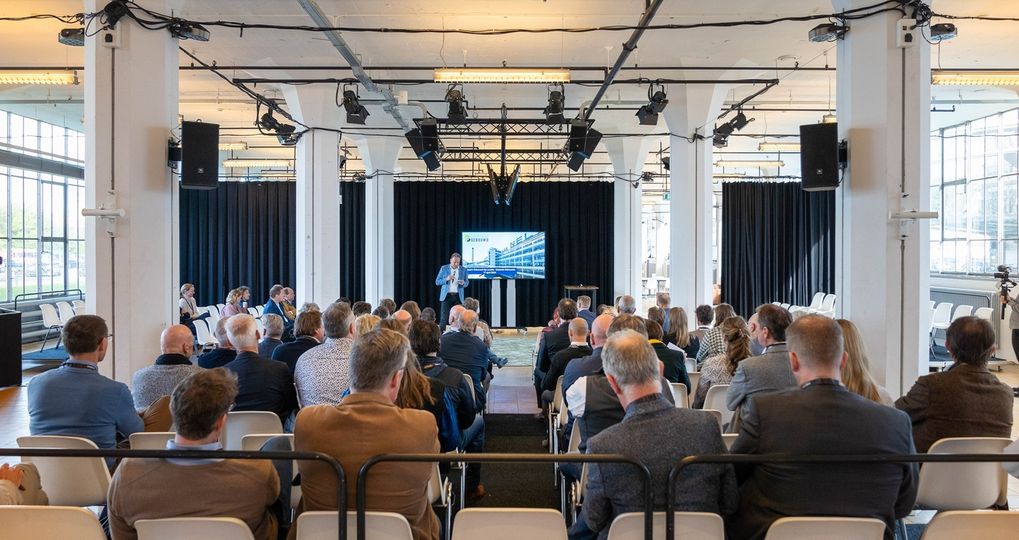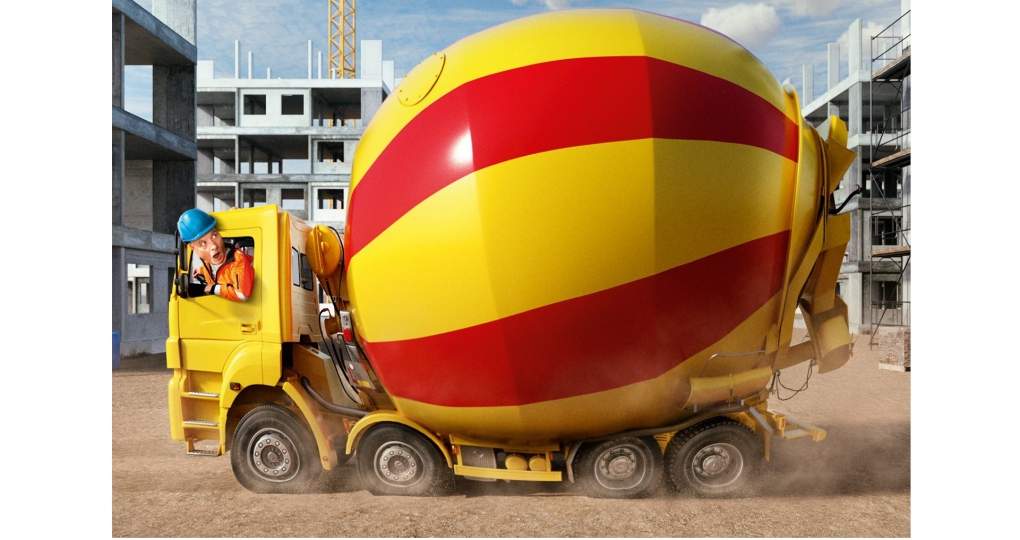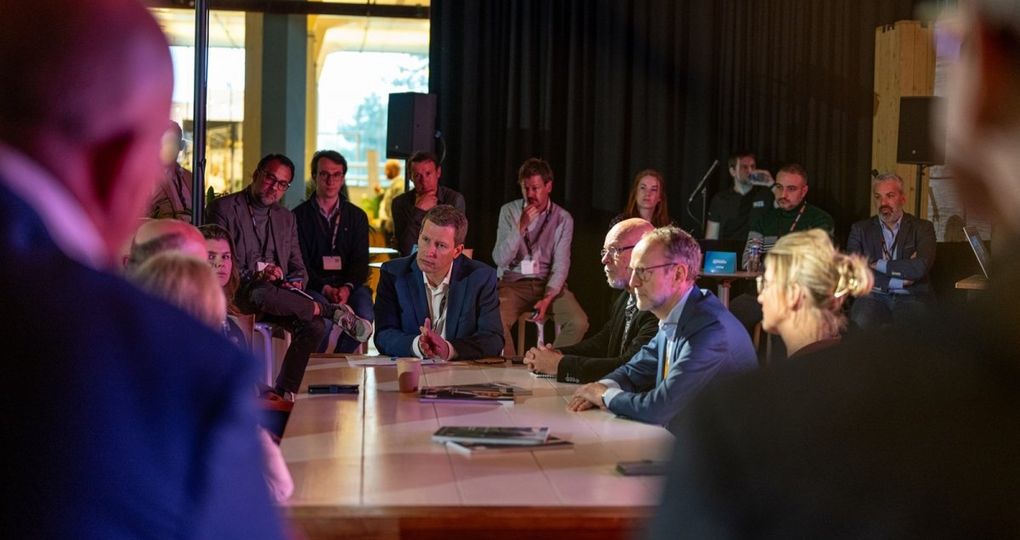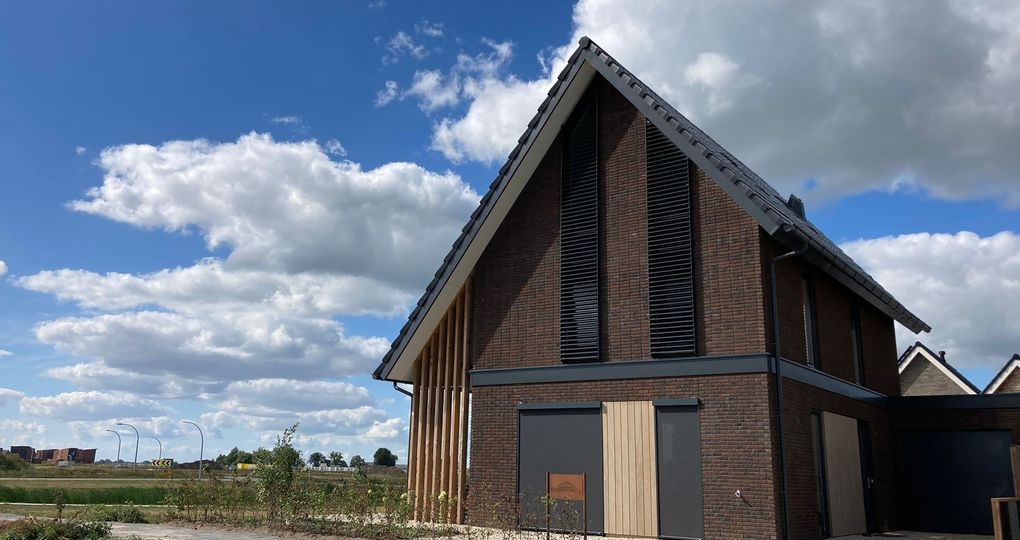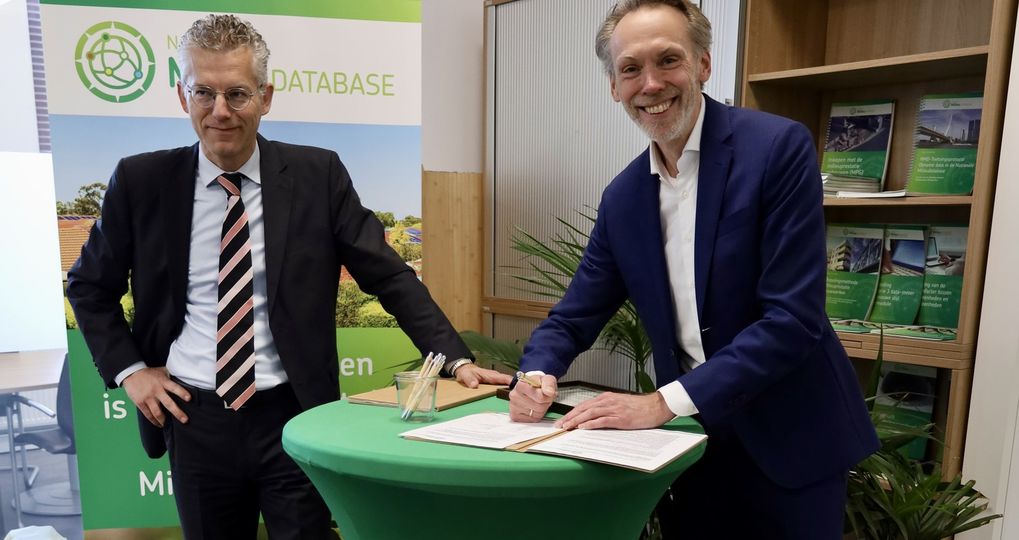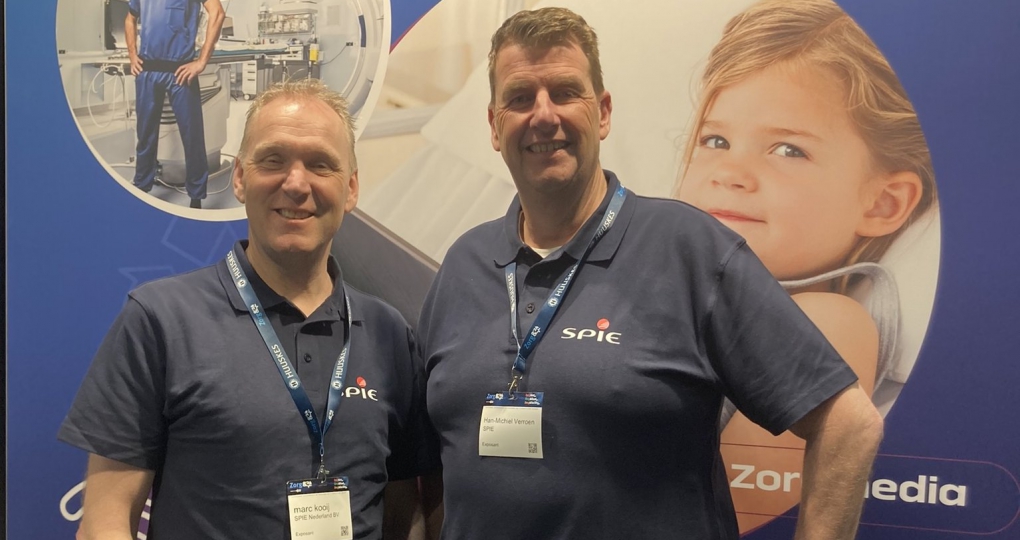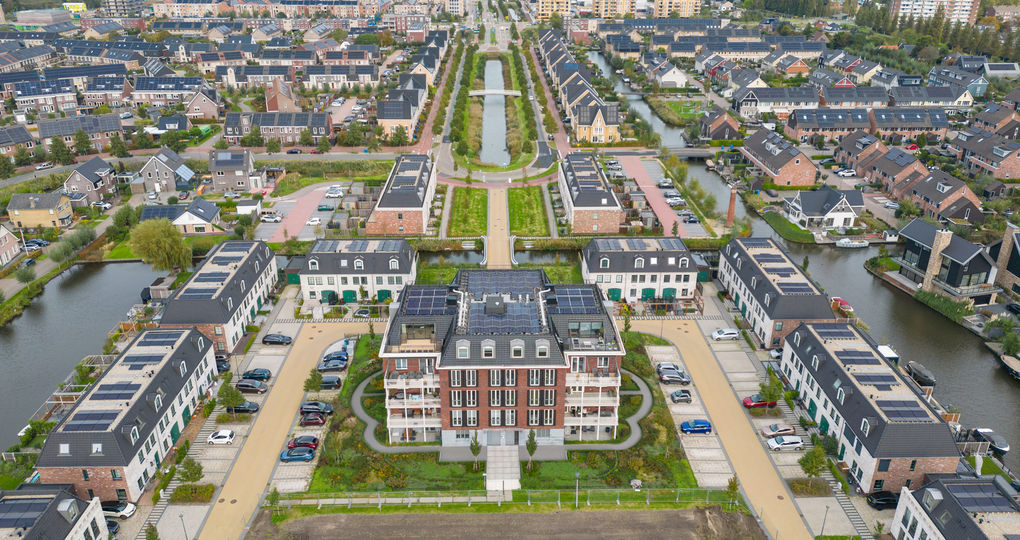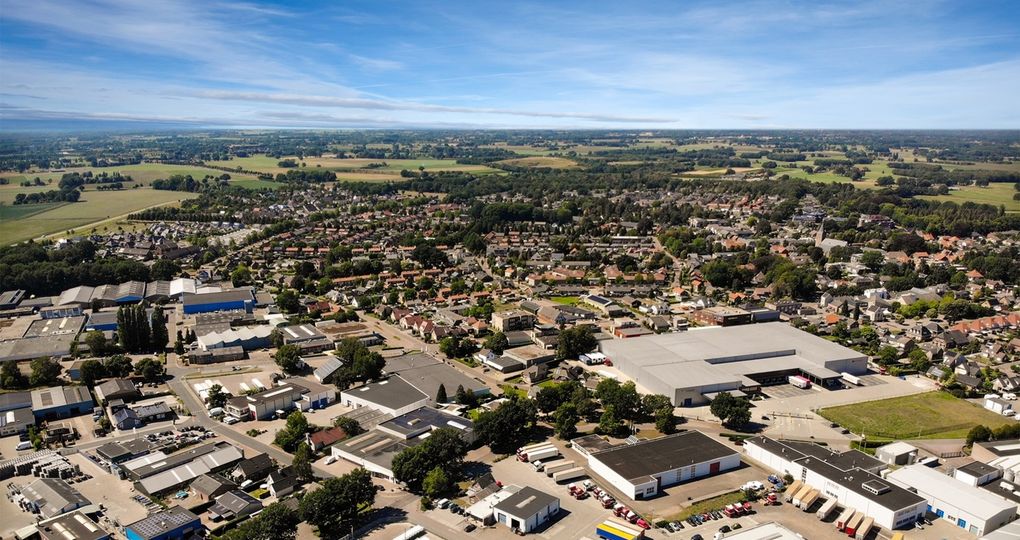Cradle to Cradle urgently needs a Dutch public private partnership
Since 2006 there has been a lot of enthusiasm for the recycle concept Cradle to Cradle in the Netherlands. However, late 2007 Hans Weijers, Akzo’s Chief Executive, already predicted that the guru-like status of Cradle to Cradle’s originators, William McDonough and Michael Braungart, wouldn’t last two years.
The Dutch Minister of the Environment already called upon the attendees of a sustainability-conference, to come up with a Dutch name for Cradle to Cradle. Exit McDonough and Braungart? Will a new name for the ultimate model of recycling be introduced? It could very well be that the position of Mr. Weijers and the minister will be proven right in 2009.
If this were to happen, it would be a missed opportunity. The Cradle to Cradle originators being addressed as gurus serves no purpose of course. This should be overcome and is in everyone’s interest. Not in the least in that of McDonough and Braungart themselves.
Let us be alert though not to throw out the baby with the bathwater. Because losing the name Cradle to Cradle (C2C) could turn out to be harmful to many sustainable trends, which currently play out in the Netherlands. And Cradle to Cradle also provides us with an extraordinary opportunity to position the Netherlands as a leading country in sustainable development.
All this makes it expedient for both McDonough and Braungart as well as the Dutch government to start acting and seize control. Because changes for the better have to be made with regard to Cradle to Cradle. Failing to do so will render C2C as ineffective a tool for sustainability as many others. And we cannot afford any more missed opportunities.
Why this is so, we will illustrate below.
1 The business of Cradle to Cradle
C2C as consultancy and certification business
For McDonough and Braungart, C2C currently is mostly a model for consulting on the development of fully recyclable products that adhere to their C2C certification criteria. So far, they’ve certified some odd 150 products. Substantial as this is, this number will hardly change the world.
Considering McDonough and Braungart’s strategy, we don’t expect a massive and broadly supported development and certification of C2C products. This is because C2C consultancy and C2C certification are still kept in the same hands. Their hands.
If a company wishes to develop a C2C product and wishes it to be C2C certified, for the preliminary work it is practically obligatory to work with consultancy firms linked to McDonough and Braungart. On top of that, one can only be certified by certifiers also linked to them. So, currently there is no real competition with respect to C2C. A situation that is not desirable and needs to change.
The opportunities for C2C in case of intra-brand competition
The absence of competition results in a narrow and protected C2C market, damaging the potential of C2C as tool for enhancing sustainability in the Netherlands and elsewhere. Without competition the hourly fees and prices might be to high. Limited competition also results in a decrease and deceleration in the development of C2C products, since all other consultants are excluded.
This means that others will experience the commercial necessity to start offering competing activities under different brand names (the so called ‘inter-brand competition’). Nothing wrong with that, but it doesn’t help a broader sustainability movement around C2C as desired by many. It also contrasts the enthusiasm for C2C in the Netherlands. Enthusiasm that is shared by McDonough and Braungart themselves.
Considering the unique situation in the Netherlands and the distinguishing power of C2C, which we will deal with later on, we have an explicit preference for intra-brand competition. Only intra-brand competition serves a broad sustainable development around C2C. This enables the emergence of the necessary competition also, but a competition that falls under the overarching brand name of Cradle to Cradle.
By using an overarching brand name, the recognition factor for the larger public of effective sustainable development is secured and significantly enhanced. This enables mass communication, which is a requirement for kick-starting a movement towards a worldwide sustainable society.
Intra-brand competition under the name Cradle to Cradle also helps McDonough and Braungart to properly address the increasing criticism that they are receiving.
Explicit criticism on the consultant certifying his own work
In the American media there has already been explicit criticism on the fact that McDonough and Braungart keep the undesirable situation alive where C2C consultancy and C2C certification are still only linked to them. It not only keeps the competition out, but also creates the proverbial situation of the butcher approving his own merchandise. For everyone who is somehow connected to Cradle to Cradle, this provides a risk. And this risk must and can be addressed.
In the Netherlands we should not turn a blind eye. When we do not start to recognise that the current system is contra productive, no improvements can be realised and transparency and objectivity will remain out of reach.
Let’s make sure to emphasise though that we have no reason at all to doubt the sincerity and intentions of McDonough, Braungart and the enterprises linked to them. It’s even understandable that in a start up phase of a certification system, many issues are being dealt with by one party. But in a sensible strategy, McDonough and Braungart would prevent exposure to criticism of this sort for their C2C ideas. The time has come to make the necessary changes.
If this turnaround is not realised soon, it is to be expected that only a limited number of new C2C products will be developed. This would be regrettable, for then we miss the opportunity of large scale product innovation.
The increasing criticism could also adversely effect the inspiring and positive effect C2C has on public opinion in the Netherlands. For lack of a better word, we call this the effect of the ‘story’ of C2C. This unique story can be the driving force behind a broad sustainability movement. This opportunity should not be lost.
2 The story of Cradle to Cradle
A dreamt new world
Besides the products, there’s the story of C2C. Briefly, this story shows us a world where humans live in complete harmony with their environment and ensure through their (economic) activities that they will add value in social and ecological domains. It shows us a world in which production processes will be clean, ecosystems will be integrated in our buildings and cities, products will be disassembled into raw materials again, and consumers will no longer be polluters. The story contains a feasible vision of a dreamt new world, inspiring many.
The story is supported by examples of products, like C2C office chairs. These are now readily sold in the Netherlands. But the idea that people are inspired by an office chair is incorrect. What inspires people is the fact that the chair proves that the story of C2C does not have to be a utopian idea.
McDonough, Braungart and the Wright brothers
McDonough and Braungart are essentially masters in storytelling. That is where their greatest strength lies. It’s like as if in 1903 the Wright brothers would speak to you after their first motorized flight in the history of mankind. A flight that covered 36 meters in 12 seconds.
Imagine the Wright brothers outlining a new future where there will be airplanes that will carry 500 passengers at once across the Atlantic. Who would have chosen to believe this vision in 1903, would have found sufficient proof in their first achievement. Because if one can fly 36 meters, why shouldn’t it be possible to fly 360 meters, or 3600 and why not trans Atlantic at some future moment in time?
3 The emotion Cradle to Cradle
Stop the ‘no, we can’t’
It is the same with C2C as it is with motorized air-travel. When one can make a chair by applying this concept, why in due course not a building, a television or an airplane? When buildings can generate more energy than they need to operate, why wouldn’t all of our buildings become sources of clean energy?
And when a polluted area can be transformed into a manufacturing site, where people enjoy to work and where vegetation, clean water and birds return, why could not every housing and city development create added value in social and ecological domains?
The idea of a C2C world inspires people to trade in the old ‘no, we can’t’ adagio for a ‘yes, we can’ mentality. It inspires people into action, without regressing into unattainable idealism. It challenges people to be more ambitious, to think bigger and dare to dream.
In this time where the Netherlands and the world are threatened by climate change, resulting in the need to bring about a rapid and massive transition towards a sustainable energy regime, this asset of C2C is very valuable.
4 The Cradle to Cradle Energy transition
The peaceful revolution of his Royal Highness
When his Royal Highness Prince Willem Alexander of the Netherlands pleaded at the World Future Energy Summit for a peaceful revolution, leading towards a new sustainable energy regime with an important role for solar energy, we know that sustainability is no longer a party-political issue. It has become a necessity and a primary life support issue. Something that concerns everyone in the Netherlands, and in the rest of the world.
The Prince’s vision that solar energy should play an important role in the energy transition, is in line with the C2C axiom ‘use current solar income’. But how to bring about this transition when one of the most heard ‘no, we can’t’ - arguments is that nobody wants solar, since ‘it’s not economically attractive yet’? Needless to say, this doesn’t motivate much.
The government can create popular support for an energy transition by using C2C
Many put the blame for the demotivating situation sketched above with the government and there is something to say for that. The reason is evident. The question whether or not certain technical innovative solutions are economically viable, flow from ‘law and economics’. It is a consequence of political choices.
When we have to wait until the OPEC-cartel influences the prices in such a manner that it urges us to switch to solar energy, we can wait until kingdom come. We have to be bold enough to make choices. Bold choices. And these demand broad public support. And this broad support can be created with the story of C2C as a mass media tool.
People will be more easily inspired by the idea that we roll up our sleeves to be the first nation to start the transition towards a solar powered circular economy (since this is what C2C basically represents). More easily then by the idea that we’ll continue bickering about whether CCS (Carbon Capture and Storage) or nuclear power are solutions for a sustainable world. When the latter are the solutions for a sustainable future, this will generate little enthusiasm and won’t unite society at large.
5 The Cradle to Cradle Public Private Partnership
An open structure for C2C
In order to make C2C a success in the Netherlands and elsewhere, as well as to be able to connect it to the energy transition and use it as a tool for mass communication, the Dutch government and McDonough and Braungart will have to cooperate on an open structure around C2C. Guaranteeing the quality of the concept, as well as the interests of both, is of the essence. Then this promises to bring on attractive value for all.
A PPP and an independent certifying institute
The logical format for cooperation is that a Public Private Partnership (PPP) will be established, in which for example also the transition experts from the Dutch research institute for transitions (Drift) partake. Together parties can work towards an independent C2C certification institute. This cooperation can position C2C as a true and recognized transition model.
This way everyone can get started with C2C. Every organisation can develop its own C2C products and can choose its own independent consultants. This increases competition, lowers costs and enables more C2C products to emerge. Many hands make the load lighter. It increases the size of the market for C2C significantly and will add national as well as international exposure to the C2C image, as well as to the (energy) transition model it represents. This way it enables a world changing sustainability movement.
Creating a world changing transition together
The quality is secured by the independent institute, by means of certifying C2C products and other C2C developments. This institute can be financed with public means, enabling the certifying system to be further developed and widened in scope. On top, this institute can influence laws and regulations, enabling C2C innovations as well as a new transport and distribution system of raw materials in the Netherlands. The Dutch could thus start creating the first solar powered circular economy in the world, inspiring many around the globe.
This way the Netherlands can become a testing area for sustainable and innovative development and play an exemplary role in the world. The international status of McDonough and Braungart as founding fathers of a concept, which they helped develop into a world changing model, will match this role. All will stand to gain with this situation. If we dare, we can create a world changing transition together.
6 What’s in a name?
We fail to see how the Dutch government, chambers of commerce, foundations and others in the Netherlands, can continue to intensively promote and add to the expansion of C2C, when the aforementioned model is not opted for. The promotion by these parties of C2C has been instrumental in securing the success of C2C in the Netherlands and made the name Cradle to Cradle so much bigger then in other countries.
But if promoting this name only adds to the commercial interests of a few, while frustrating the larger societal movement that is urgently needed, it’s time for another name.
We would not welcome a name change, since it means that we have to trade in the win/win situation, as indicated under point 5, for a situation where there are only losers. For now, we hope that all parties will recognize that a Public Private Partnership and an independent certification institute are the only options to create a world changing movement with C2C.
The Dutch government no doubt will recognize the potential which stems from a connection between C2C and the energy transition. McDonough and Braungart in turn doubtlessly will realize that C2C is larger then they are; just as aviation turned out to be larger then the Wright brothers.
To our conviction there’s nothing hindering us to start acting upon these insights now.
By Roger Cox and Bert Lejeune, transition-lawyers, the Netherlands



